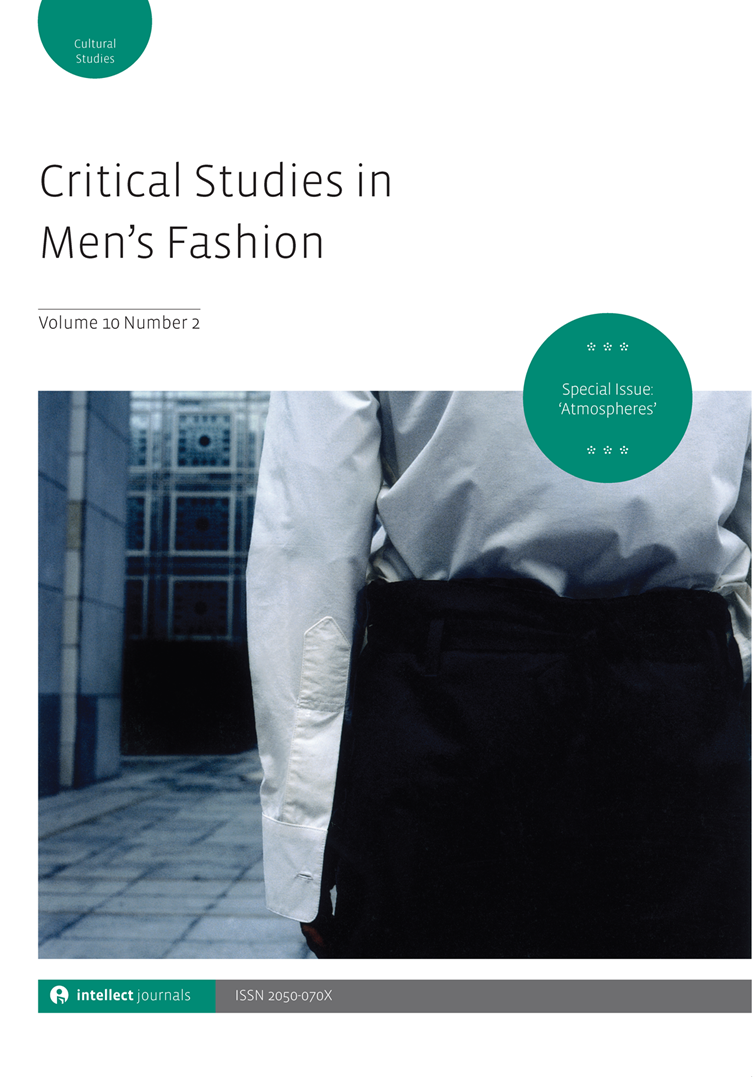
Full text loading...

Luxury is an industry that defines its value through the quality of its raw materials, which fosters creativity, elevates artisanship and relies on brand heritage and local production to underpin the provenance of its products and justify its pricing strategy and, as such, can be considered as embodying many of the practices of sustainability. Yet, despite public commitments and pledges for better business, both financial and cultural factors have contributed to a lack of progress in implementing the necessary system changes implied by slow fashion, sustainable development and the circular economy. Social enterprises use business to address social and environmental issues. In Tengri’s case, founder Nancy Johnston was inspired by her experiences travelling with Mongolia’s yak herders where she was confronted with the harshness of the nomadic way of life and threats to its continuing existence. She was driven to action when she juxtaposed these conditions with the promoted glamour of the luxury fashion industry, which relies on supplies of ingredients from just such workers. This article explores how Tengri combines social and environmental awareness with luxury product development incorporating the UN SDGs into a sustainable luxury menswear brand in a virtuous cycle of ethical fashion consumption and production.

Article metrics loading...

Full text loading...
References


Data & Media loading...

Publication Date:
https://doi.org/10.1386/csmf_00043_1 Published content will be available immediately after check-out or when it is released in case of a pre-order. Please make sure to be logged in to see all available purchase options.